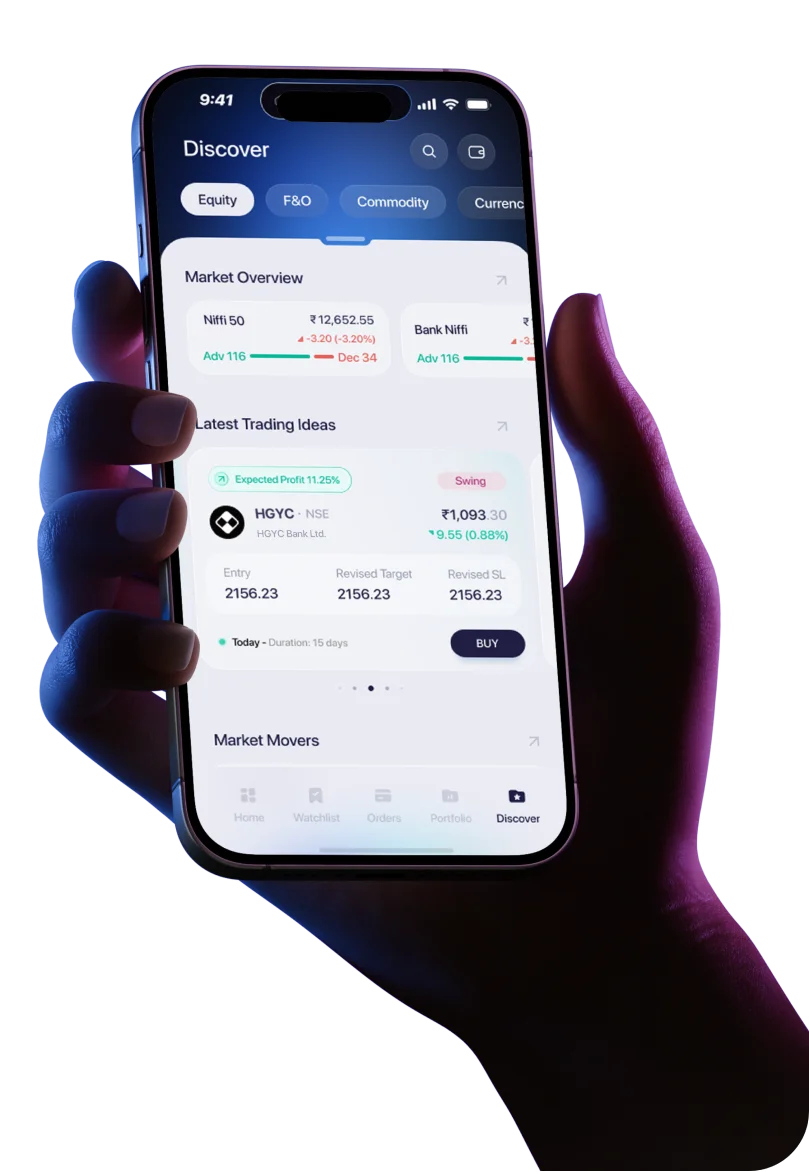In the Indian stock market, big IPOs rarely go unnoticed. They arrive with high expectations, significant media buzz, and a surge of retail investor interest. However, if we look back over the past couple of decades, one pattern has repeatedly emerged: the bigger the IPO, the shakier the performance post-listing.
Now, HDB Financial Services—a subsidiary of HDFC Bank—is preparing for a massive ₹12,500 crore initial public offering (IPO). On paper, it appears to be a blockbuster. But if history has anything to say, investors might want to tread carefully.
A Familiar Story Unfolds
Over the last 25 years, India's largest IPOs—those raising ₹10,000 crore or more—have mainly launched during market highs. These aren’t just routine listings; they’re major financial events. And while they tend to be oversubscribed and heavily discussed, their actual performance after listing has often been underwhelming.
Let’s take a look at a few of the biggest:
- Reliance Power (2008): Launched in the midst of a bull run, this IPO was oversubscribed 73 times. But on listing day, it fell by 17%—and the stock never recovered.
- Paytm (2021): One of the most talked-about tech IPOs, it raised ₹18,300 crore. It fell 27% on debut and struggled ever since.
- LIC (2022): The largest IPO in India’s history at ₹21,000 crore. Within a month, LIC’s shares dropped around 25%.
These aren’t isolated cases—they’re part of a broader trend.
The Numbers Tell the Real Story
Data from these mega IPOs reveal a consistent pattern of disappointment:
- 1 Month Post-Listing: -9% average return
- 6 Months Post-Listing: -20% average return
- 1 Year Post-Listing: -25% average return
So why does this keep happening?
Why Do India’s Mega IPOs Struggle?
1. They Suck Up Market Liquidity
When a massive IPO hits the market, investors from every corner—retail and institutional—pull funds together to apply. That means less money flowing into the broader market. Once the IPO is done, demand drops, prices soften, and the buzz fades.
2. They’re Often Priced for Perfection
Mega IPOs tend to arrive with steep valuations, banking on brand value and hype rather than conservative financial modeling. Once reality kicks in, the stock often corrects—sometimes harshly.
3. Retail Enthusiasm vs Institutional Strategy
Retail investors pile in with dreams of significant gains, while smart money uses the frenzy to exit or lock in profits quietly. This mismatch in expectations often leads to a sharp imbalance in post-listing demand.
What Makes HDB Financial’s IPO Different? Or Does It?
HDB Financial’s upcoming ₹12,500 crore IPO puts it in the same league as Paytm, LIC, and Reliance Power. Being part of the HDFC group certainly gives it strong credentials. It has a solid NBFC business and broad reach.
But here's the thing: Size alone doesn’t guarantee success. Nor does pedigree.
In fact, such large-scale listings are often strategic moves to ride bullish market sentiment, not necessarily aimed at long-term capital needs or growth. And with Indian equity markets currently trading near record highs, the timing once again feels… familiar.
What Should Investors Do?
If you're thinking of investing in the HDB IPO—or any big IPO—consider these lessons from the past:
- Don’t Get Blinded by Size: A ₹10,000+ crore IPO may sound exciting, but that doesn't necessarily make it a good investment.
- Read the Market Mood: If the market is too upbeat, it could be a red flag. Caution is often wiser during peak optimism.
- Be Patient: Many big IPOs tend to drop post-listing. Sometimes, it’s smarter to wait for the dust to settle.
- Dig into the Fundamentals: Don’t skip the homework. Look at things like revenue, profitability, loan book quality (for NBFCs), and how the company plans to use the funds.
Final Thoughts
HDB Financial’s IPO will likely dominate headlines. And it should—it’s big, it’s from a respected group, and it’s hitting the market at a high point. But the track record of India’s mega IPOs should give investors reason to pause.
History doesn’t always repeat—but it often rhymes. And if past performance of big-ticket IPOs is any indication, this could be a moment to stay grounded and ask the tough questions before jumping in.
When it comes to IPOs, bigger doesn’t always mean better. Sometimes, it just means riskier.





 Easy & quick
Easy & quick
Leave A Comment?